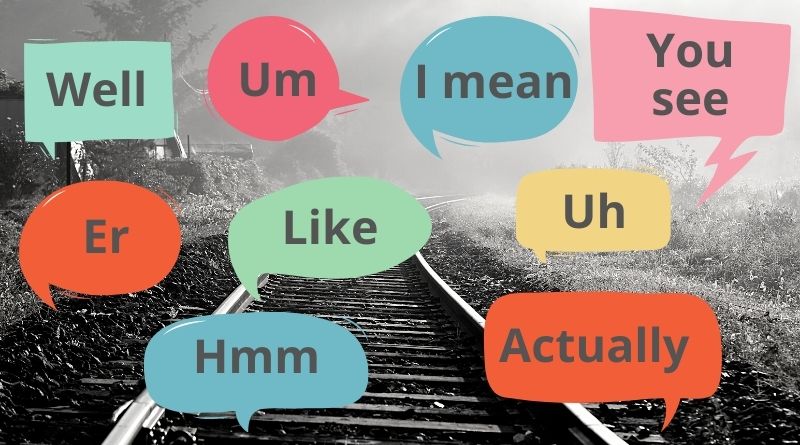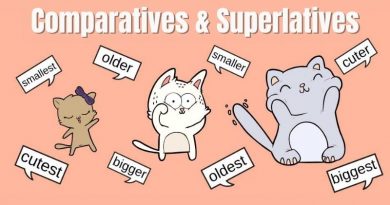Gap Fillers
Filler words in conversation
Here are some common spoken filler words and phrases and examples of how you might use them in conversation:
- Um: “I, um, don’t think you want to go that way.”
- Uh: “Can you, uh, give this one more look before turning it in?”
- Er: “This sounds like it, er, could possibly be a violation.”
- Ah: “I think that ah…yes, that’s the email I need.”
- Like: “She has, like, a million unread messages.”
- Okay: “Okay, I think we’re ready to get started.”
- Right: “Yes, right, I do remember you mentioning that.”
- You know: “I always save everything just in case, you know?”
- Totally: “That’s totally what he did, even after our meeting.”
- Literally: “I literally saw the email one minute ago.”
- Well: “Well, let’s hold off on that discussion for now.”
- You see: “You see, I didn’t plan for the project to take that long.”
- I mean: “I mean, you might really enjoy it.”
- I guess: “I guess we can try that if you want.”
While Listening
- Really?
- Right…
- Sure…
- How awful!
- Oh no!
- You’re joking!
- What a pity!
- Auxiliary verbs to make short questions (as in “Have you? Did you? Is it?…“)
- Non-words (as in “mmm, uh-huh…“)
- “Hmm, interesting.”
- “I see what you mean.”
- “Oh, that’s unexpected!”
- “Really? Tell me more.”
- “Wow, I never knew that.”
While Speaking
- Well…
- Ok…
- So…
- Let me think…
- I mean…
- I guess/think…
- You know…
- Like (as in “I’m… like… really sad that you lost your…“)
- What I want to say is…
- The point I want to make is…
- Anyway,…
- Well, what I mean is that…
- Back to our topic…
- As I was saying…
- The basic idea is…
- kind of… (as in “he’s kind of nice…“)
- Let me elaborate…
- Actually…
- To be honest…
- From my perspective…
- In my experience…
- It’s worth noting that…
- I suppose…
Reasons for Using Conversation Fillers:
- Facilitating Smooth Transitions: Fillers help segue between topics or thoughts seamlessly, preventing abrupt shifts in conversation.
- Managing Pauses: They serve to fill brief silences, preventing awkwardness and maintaining the rhythm of the dialogue.
- Indicating Active Listening: Employing fillers like “mm-hmm” or “I see” signals to the speaker that the listener is attentive and engaged.
- Buying Thinking Time: Fillers provide speakers with a moment to gather their thoughts or formulate a response, especially when faced with complex questions or uncertain situations.
- Clarifying Understanding: Using fillers such as “you know” or “uh-huh” can prompt the speaker to elaborate or clarify their point, ensuring mutual comprehension.
- Expressing Politeness or Agreement: Certain fillers, like “please” or “of course,” convey politeness or indicate agreement, fostering a positive conversational atmosphere.
- Enhancing Fluency: Incorporating fillers into speech patterns contributes to the natural flow of conversation, making dialogue more coherent and engaging.




